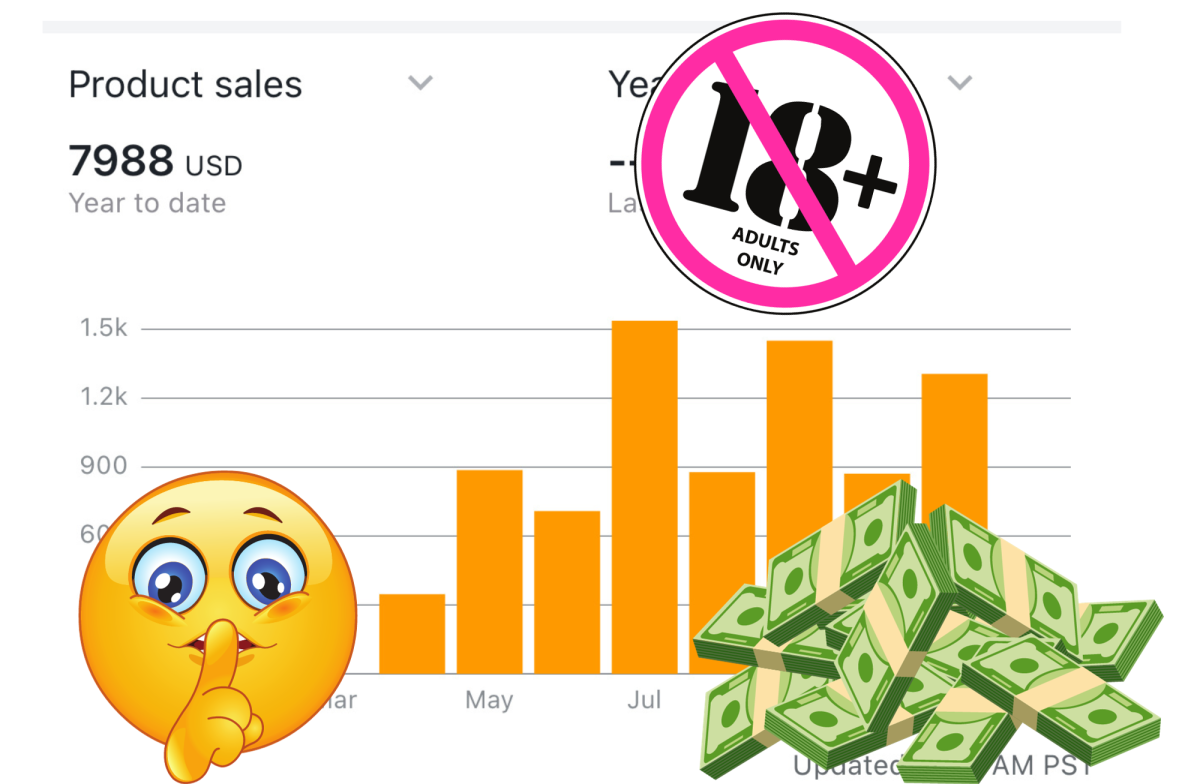Create a Top Class CV
Lets Get Started
The thought of creating a CV for the first time or even updating an old one is very stressful and can put off the best of us on a good day. But if you are going to move forward career wise then creating that CV is a priority so let us look at it and allow us to create a top class CV.
The impression of your CV on your soon to be employer cannot be taken lightly as it is in reality, your one chance of a better life for yourself or your family. Because it is a targeted job that you are applying for, then this is how you want your CV to perform, by targeting that position. This would entail the key aspects of your-self, your successes and skills in relation to that target.
What Type of CV? (Chronological or Skills Based)
The chronological CV or the skills based CV are the main formats for the position you are targeting. Lets us look at these two different types of format. There are plenty of free templates on the internet.
Cronological CV
(See: Chronological CV Video Below)
This type of CV is the standard format and usually will apply to standard industry or when applying from within the same industry. This format deals with your work history and qualifications starting from the latest and documenting backwards from there, with dates.
Personal Information:
This section uses your name, address, phone number, email and date of birth. Your nationality is optional in some cases and if you hold a full driving license.
Profile:
This is a quick snapshot of why you are perfect for the position you are applying for. Your key skills or profession and how this would apply to the position you are applying for. No more than 3 lines of text.
Work (Professional) Experience:
Starting with the latest experience including your present position this should have your employers name and address, the dates you have been with them and the experience you gained. Experience that is relevant to the position you are targeting is essential. Be to the point and precise, over excess of experience can look as bad as none at all. Give solid examples of your learning or skills and be prepared to back them up.
Educational or Professional Details:
This section can sometimes go before your work experience there is no major rule for which goes first so this will be preferred by you in how you want to target your would be employer. Again this will start with the latest Education using names, addresses and the dates you were educated. Also show your qualifications and be prepared to back these up. It may be relevant to the position you are applying for to show the subjects or skills achieved. Again be precise and relevant to the position you are after.
Additional Skills:
This can be a very important section and in some cases this may never even get looked at according to what goes on before it. But it is the section to add those additional key skills you may have that will show you to be the perfect person for the job you are applying for. Sometimes this section is what seals the deal for the would-be employer so again show precision and to the point of relevance to the position you are after. Some will put in a section on interests but if you have interests that would be relevant to the position then you can use this section and again be prepared to back up what you put down.
References:
Putting down that references are available on request is acceptable. But there are situations that will give you the upper hand if you include references.
Chronological CV in Word 2010
Chronological CV with Word 2007
Chronological CV in Word 2003
A REALLY GOOD TIP
When sending a CV as an attachment to the agent or employer; send it as a PDF file. Most word processors have spell checks. If the employer opens your CV to see red underlines under your text and sometimes this is unavoidable it can be a put off, even though its not your fault. Creating a PDF file will avoid this. See also the video at the bottom of this hub "Save your CV online" so you will always have storage of an electronic version of your CV.
Skill Based CV
(Video Coming Soon)
The chronological CV documents a list of your employment; but this is not the target of the skills based CV as this mainly targets your skills. Even though your CV may show gaps of employment, be prepared to explain this. But generally this CV format gives you the chance to document your skills from all employment so as to target the position you are after.
Personal Information:
This section uses your name, address, phone number, email and date of birth. Your nationality is optional in some cases and if you hold a full driving license.
Profile:
This is a quick snapshot of why you are perfect for the position you are applying for. Your key skills or profession and how this would apply to the position you are applying for. Use no more than 3 lines.
Key Skills:
A list of your key skills that target the position you are applying for. Give proof examples of your skills and how you achieved them in relation to previous experience etc.
Educational or Professional Details:
This usually is very similar to the section in the chronological CV. Again this will start with the latest Education using names, addresses and the dates you were educated. Also show your qualifications and be prepared to back these up. Subjects and skills achieved should be documented especially if they are relevant to the position you are applying for.
Career History:
Does not have to be as detailed as the chronological CV, but show a flow of your career starting with the latest and covering the most relevant. You can have gaps in your employment, but be prepared to explain these.
Additional Information:
A chance to add information that is not covered by the above headings but that would show relevance to the position you are after e.g. voluntary work, travels or just about anything that would show relevance to that position.
References:
Putting down that your references are available on request is a more professional way of allowing the employers to check out the information on your CV. But there are situations that will give you the upper hand if you include references. The best of luck and keep in mind you can use a free template to get you off to a flying start.



